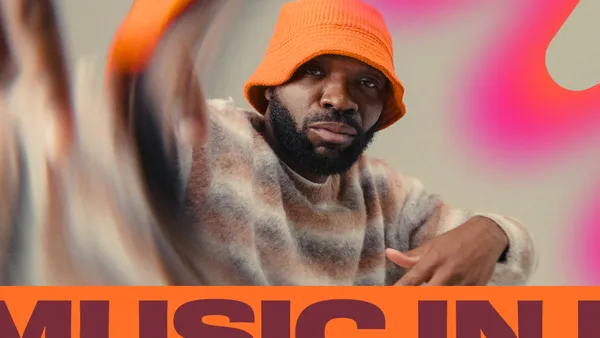Dive Brief:
- Diversity in video advertising receded this year after making notable gains in 2020 and 2021, according to a wide-ranging analysis that TV and video ad server Extreme Reach shared with Marketing Dive.
- White actors made up 73% of people appearing in video creative in 2022 compared to 66% in 2021 and 67% in 2020. Men also dominated the screen, accounting for 65% of people appearing in ads and 73% of voices heard.
- Portrayals of Black, Asian and Hispanic consumers all shrunk this year, with the latter group hitting a four-year low despite accounting for nearly 20% of the population. The report suggests that marketers are dropping the ball on inclusivity pledges that became widespread amid a reckoning with race two years ago.
Dive Insight:
Diversity, equity and inclusion (DEI) became a pressing topic across industries in 2020 following nationwide protests for racial justice. Advertising was a focal point of the discussion due to its outsized influence on consumer perceptions. Many agencies and brands subsequently committed to spending more on diverse-owned media and hiring from a wider talent pool to bring more balanced perspectives to their organizations.
Extreme Reach’s analysis indicates that, at least for a while, some progress was made on the consumer-facing end. Representations of Black people in video creative ticked up from 12.3% in 2019 to 16.5% last year. Hispanic representation jumped from 6.2% to 9.6% over the same period. Black and Hispanic consumers make up 12.7% and 19.8% of the population, respectively, according to Extreme Reach.
But 2022 saw many of those gains reversed. Black representation dropped to 14.3% — still improved over 2019 — and Hispanic representation suffered the most, slipping to 5%. That figure is well below pre-pandemic benchmarks. Asian representation meanwhile has held comparatively steady in the 8-8.5% range over the past three years.
Extreme Reach assessed 1 million video ads running in North America on both linear and digital channels from January 2019 to October 2022, monitoring for ethnicity, race, gender and age. Researchers leveraged a swath of technology solutions, including artificial intelligence and machine learning, to provide a quantifiable measure of DEI, along with human quality checks.
DEI’s struggles in 2022 could be attributed to a few factors: Marketers are contending with a down-trending economy, which might have siphoned focus and resources away from such initiatives. From the cynic’s perspective, many organizations may have made DEI commitments as a pure publicity play at a time when many companies were under pressure to do so.
Breaking the findings out by vertical, the restaurant category was the most diverse. Yet, it’s hardly been free from scrutiny. McDonald’s, for instance, is currently embroiled in a high-stakes lawsuit alleging racial discrimination in its media-buying practices.
Race and ethnicity aren’t marketing’s only blind spots, either. Men continue to dominate in advertising, with all verticals analyzed by Extreme Reach skewing male. Brands are also failing consumers with disabilities: Just one in three creative assets comes with captions despite deaf and hard-of-hearing consumers now totaling 11 million in the U.S. Less than 1% of ads also carry audio descriptions for low-vision and blind consumers, a group of about 12 million.















